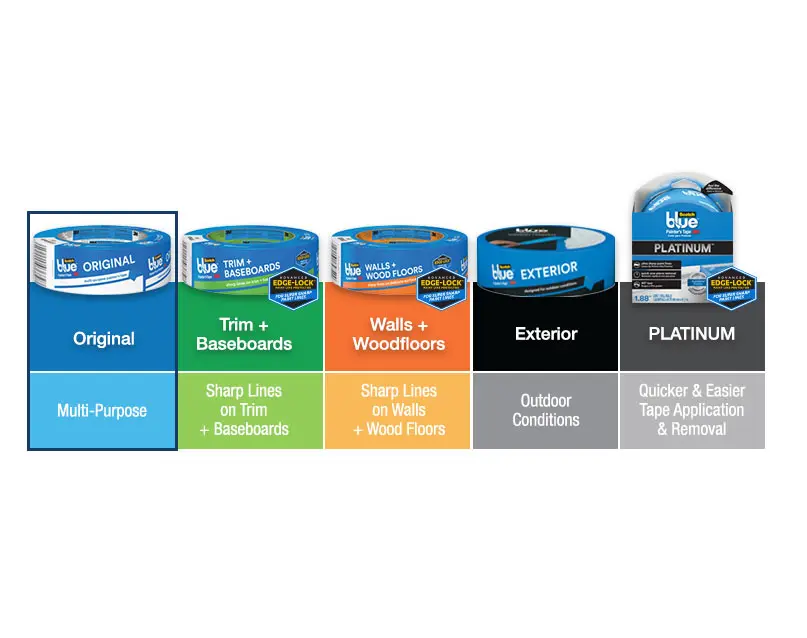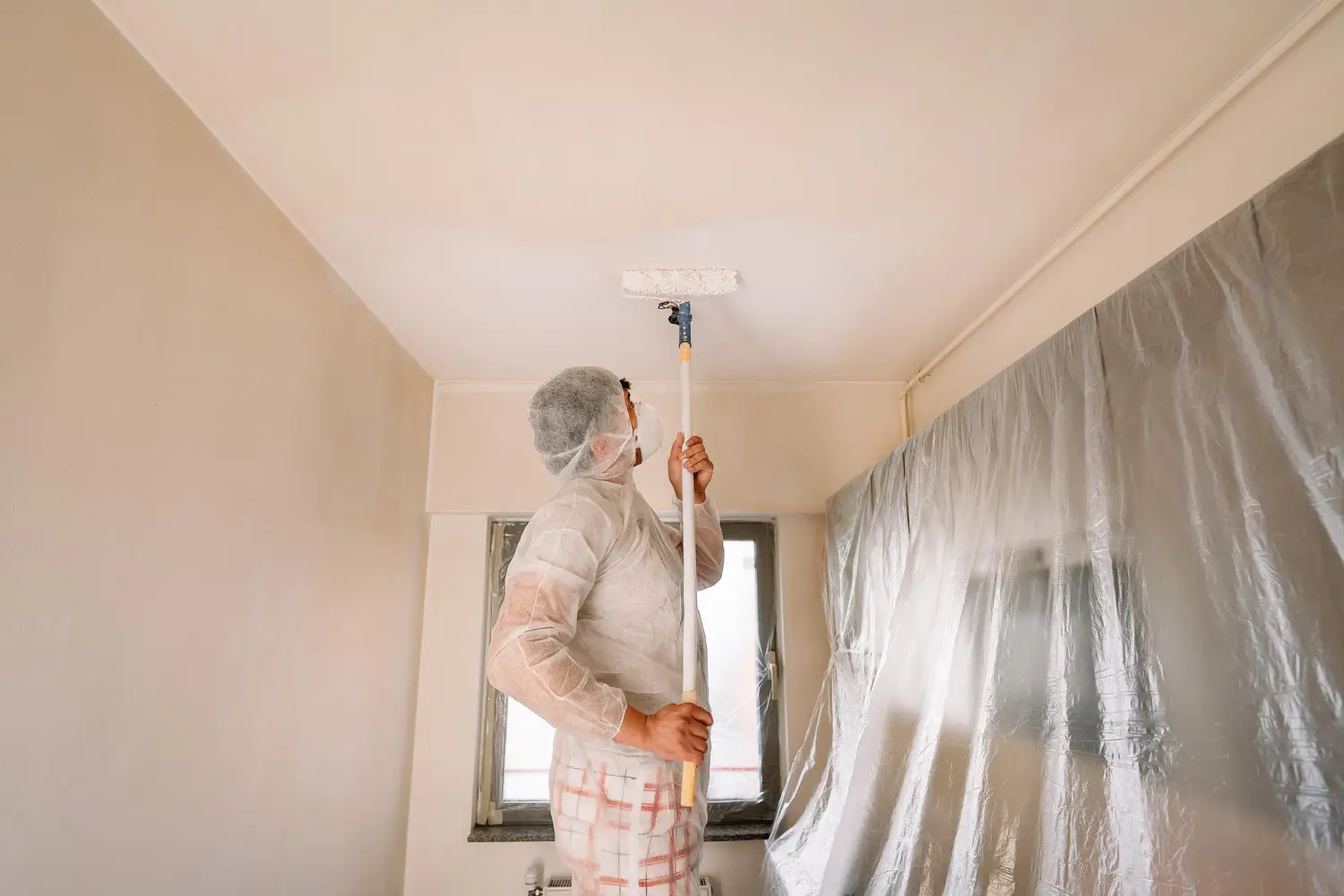Painters Tape: Use It Like the Pros

You’d be forgiven for thinking that if there was one painters’ supply with which it was impossible to go wrong, it would be painters tape. As in, the simple stuff you use to avoid getting paint in areas you’d rather keep clean and paint-free.

Getting the job done properly at home means tooling up on all the products and accessories the professionals carry as standard. Brushes, paint trays, rollers, cloths and so on – not to mention the very best quality painters tape you can lay your hands on. Which is where the first thing to bear in mind comes into the equation – all painters tapes are by no means the same.
In terms of both quality and general specifications, it’s critical to carefully consider what’s available, in order to make the right choice.
A World of Options
There are a couple of things to bear in mind right off the bat, which include the following:
- First of all, there are essentially two primary categories of painters tape available these days. The first of which being normal painters tape to be used on standard painted surfaces, glass, metal, woodwork and so on. Then there’s the second type – often referred to as delicate painters tape – which is for use on surfaces that are more delicate, or have been recently painted. The packaging should tell you all you need to know about which of the two brackets the tape fits into.
- Something else to bear in mind when buying painters tape is size. Not that the size of the tape has a significant impact on quality, but simply the overall convenience you can expect when putting it to use. Painters tape is available in a variety of widths, which start out incredibly slim and go right up to much wider tape. Thinner tape is best for more intricate painting jobs, wider tape is better when looking to protect larger surfaces.
- Under no circumstances should you ever use any other kind of tape whatsoever in place of painters tape. Even if it looks identical in every way, chances are it has completely different adhesive properties. Always remember that painters tape is designed specifically for this job and is therefore unlikely to cause any damage whatsoever to the surfaces it is applied to. By contrast, any other type of tape could do more harm than good.
Techniques for Using Painters Tape
When the time comes to put it to use, there are a few basic guidelines to follow to get the job done properly. The truth is, painters tape is extremely easy to work with and doesn’t call for any specific skills or talents.
Simply proceed in accordance with the following basic tips and you will probably find it difficult to go wrong:
- First of all, it’s important to ensure that the surface to which you intend to apply the painters tape is as clean, dry and smooth as possible. The reason being that if there are any imperfections to the surface, it is likely that the tape will not stick properly and the paint may seep under the edges.
- Always apply painters tape in relatively small sections, rather than attempting to tackle a huge length all at the same time. The reason being that this simply makes it far easier to deal with, particularly if one or more pieces of tape begin to peel.
- Whatever you do, be careful not to stretch painters tape as it isn’t designed to be used in such a way. You will only compromise its effectiveness and its ability to adhere to the surface.
- When painting, always paint with a parallel action along the edge of the painters tape. The more you ‘attack’ the edge of the tape with a direct cutting action, the more likely it is that paint will get under the tape and on to the surfaces you are protecting.
- Make sure that each coat of paint is dry to the touch, before going ahead and removing the tape. If you try to remove the tape too early, you run the risk of damaging the precision of the paint job.
- Always remove the tape in a slow and gentle manner, pulling the tape back on itself. Trying to yank it off too quickly is guaranteed to result in disaster.
- Last but not least, if you leave the painters tape in position for too long, it may stick to the surface somewhat aggressively. When this happens, you may need to use a razor blade or a utility knife to help remove the tape, without causing significant damage to your surfaces.










